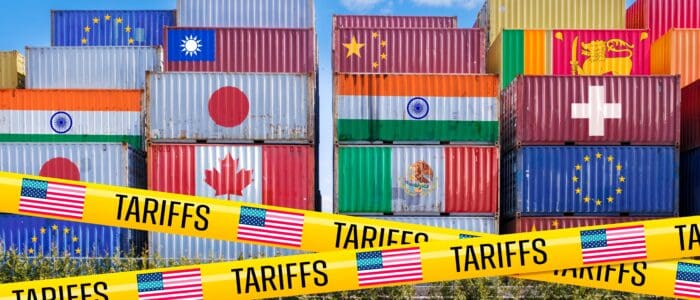Global trade is in the midst of one of its most dramatic transformations in decades. Emerging economies from Asia to Africa are taking centre stage as manufacturers and multinationals diversify away from China, spurred by tariffs, protectionist policies, and the quest for supply chain resilience.
A recent industry study highlights 20 countries—including Vietnam, India, Indonesia, Mexico, Turkey, and South Africa—as projected leaders in trade volume growth between 2025 and 2029. Rising foreign investment, regionalisation, and strategic supply chain diversification are redrawing the global trade map.
Volatility and Resilience in Global Trade
John Pearson, CEO of DHL Express, notes that volatility in global trade lanes has nearly doubled since the pandemic, reflecting the scale of disruption for logistics networks and exporters worldwide.
Yet, despite policy shocks, global trade has proven remarkably resilient. The DHL Global Connectedness Tracker, developed with NYU Stern School of Business, found that international trade in the first half of 2025 grew faster than in any comparable period since 2010, excluding the post-pandemic rebound.
Frontloading of US imports ahead of tariff hikes and strategic diversification by China—boosting exports to ASEAN (+15%), Africa (+25%), and the EU (+8%)—demonstrate how trade continues to adapt.
“Trade will always find a way,” Pearson says. “The lanes may be different, but the volumes still flow. Global trade is rather like water—it always finds its way to the sea.”
Globalisation Continues Despite Policy Turbulence
Professor Steven Altman, NYU Stern School of Business, points out that globalisation has not gone into reverse. Companies are actively managing risks and opportunities in a connected world rather than retreating from international markets.
Key trends from the study:
-
US share of global imports fell from 13% to 9%, but most countries did not follow with broad tariffs.
-
World trade is expected to expand at 2.5% annually through 2029, matching the previous decade’s pace.
-
Trade is not becoming more regional: average distance travelled by goods rose to nearly 5,000 km, while intra-regional trade fell to just over 50%.
In Sub-Saharan Africa, trade value surged 9.7% in the second half of 2025, with Ghana, Zambia, Côte d’Ivoire, and the DRC recording the highest absolute growth.
Africa’s Trade Potential and the Role of Logistics
Pearson underscores Africa’s strategic importance: “Africa is the continent of the future, now more than ever.” Initiatives like the African Continental Free Trade Area (AfCFTA) are poised to further accelerate long-term growth.
“Free trade won’t be built in a day,” he adds. “Logistics provides the backbone. It’s the biggest accelerator of trade on the continent.”




